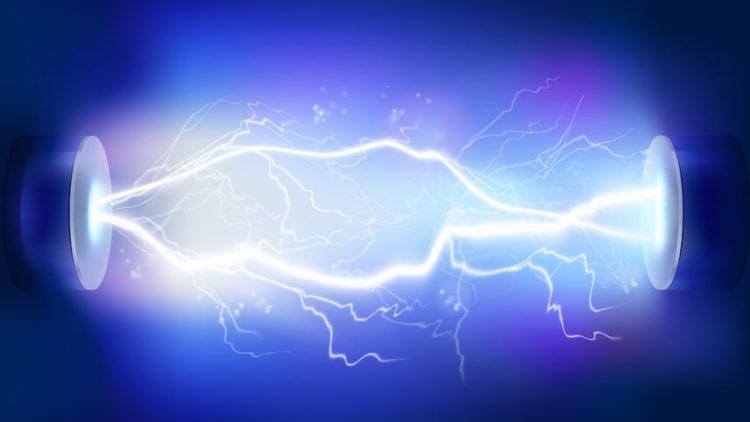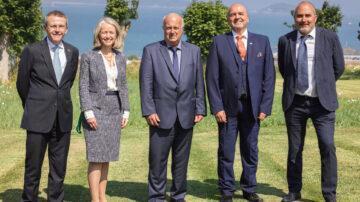Guernsey Electricity has signed a contract that will return the Island to a greener, low carbon supply of electricity by 2020 by replacing the current subsea cable which links Guernsey to France via Jersey.
The company has now signed a contract with Danish cable manufacturer, NKT, a global and recognised provider of electricity solutions, for the purchase and installation of a new subsea cable which is expected to be operational by the end of 2019. The total project cost of £30 million, which includes the NKT contract and a further £5 million of additional survey and land based works, will be financed through a States’ loan from the Bond and third party commercial borrowing.
The decision to replace the cable follows a detailed investigation into the condition of the existing link, known as GJ1, which identified inherent design and manufacturing issues. As a result of these ongoing issues, Guernsey has been reliant on on-island generation for two thirds of its electricity since October of last year. A commercial settlement agreement was reached between GEL and NKT in lieu of the existing cable’s historic performance as part of the contract to replace the cable.
News that the contract has been signed was announced to the States of Guernsey in a statement by the president of the States Trading Supervisory Board on 27 March.
Alan Bates, chief executive of Guernsey Electricity explained the long-term investment plan had always included provision for the replacement of the cable and the company was working hard to ensure that any price rises to its customers as a result were minimised.
“We had always anticipated replacing our link with Jersey and this infrastructure investment has been brought forward due to significant reliability issues with the existing cable. These issues were resulting in additional monthly costs of between £800k and £1 million. The replacement of the cable will allow us to return to importing up to 60MW of low carbon affordable electricity from France as soon as practically possible, this will allow over 90% of the Island’s electricity consumption to be imported, with a third coming from hydroelectric renewable sources. The replacement cable is an investment to allow us to continue providing a secure, sustainable and reliable supply of electricity for Guernsey. To not replace and continue with the existing cable would undoubtedly cost the Island more financially and environmentally.
“To fund the capital and interest payments involved in the new cable, a tariff cost increase of 2.7% will be required. We remain very mindful of the impact any tariff increase has on customers, so our borrowing has been structured to maintain affordability for the Island. To put this into perspective, this required increase equates approximately to an additional £29 per annum for an average Economy 12 customer. Under the current regulatory legislation for GEL, any such tariff increases would be subject to the approval of CICRA.”
Mr Bates added that whilst the power station is the planned backup today for cable issues, the company’s long-term aim has always been to further safeguard Guernsey’s electricity supply by progressing with a second connection, direct between Guernsey and France, together with the replacement of GJ1. The security and network stability provided by the second connection will also facilitate the adoption of a larger proportion of local renewables and energy storage in the future.
The States of Guernsey’s revised energy policy and environmental aspirations, which are due to be published later this year, will be pivotal to setting the direction for such investment decisions. Until the second cable is available Guernsey Electricity will continue to manage and mitigate the impact for customers and the Island when the single cable is not available.
The recent failure of GJ1 reinforces the importance of securing a diverse supply of electricity for Guernsey and reducing our reliance on fossil fuels. However, policy direction from the States will be fundamental in defining the diversity and security of the island’s energy supply, including renewable generation and storage.
Separately, CICRA has supported a 6.8% tariff increase for a three-year period from July 2019 to recover the past two years’ “historic costs” created by uncontrollable changes to the price of commodities and foreign exchange rates. This proposed increase also recovers some of the more recent additional on-island electricity generation costs following the failure of the existing cable. The proposed increase by comparison will add a further £70 per year to an average Economy 12 customer.





